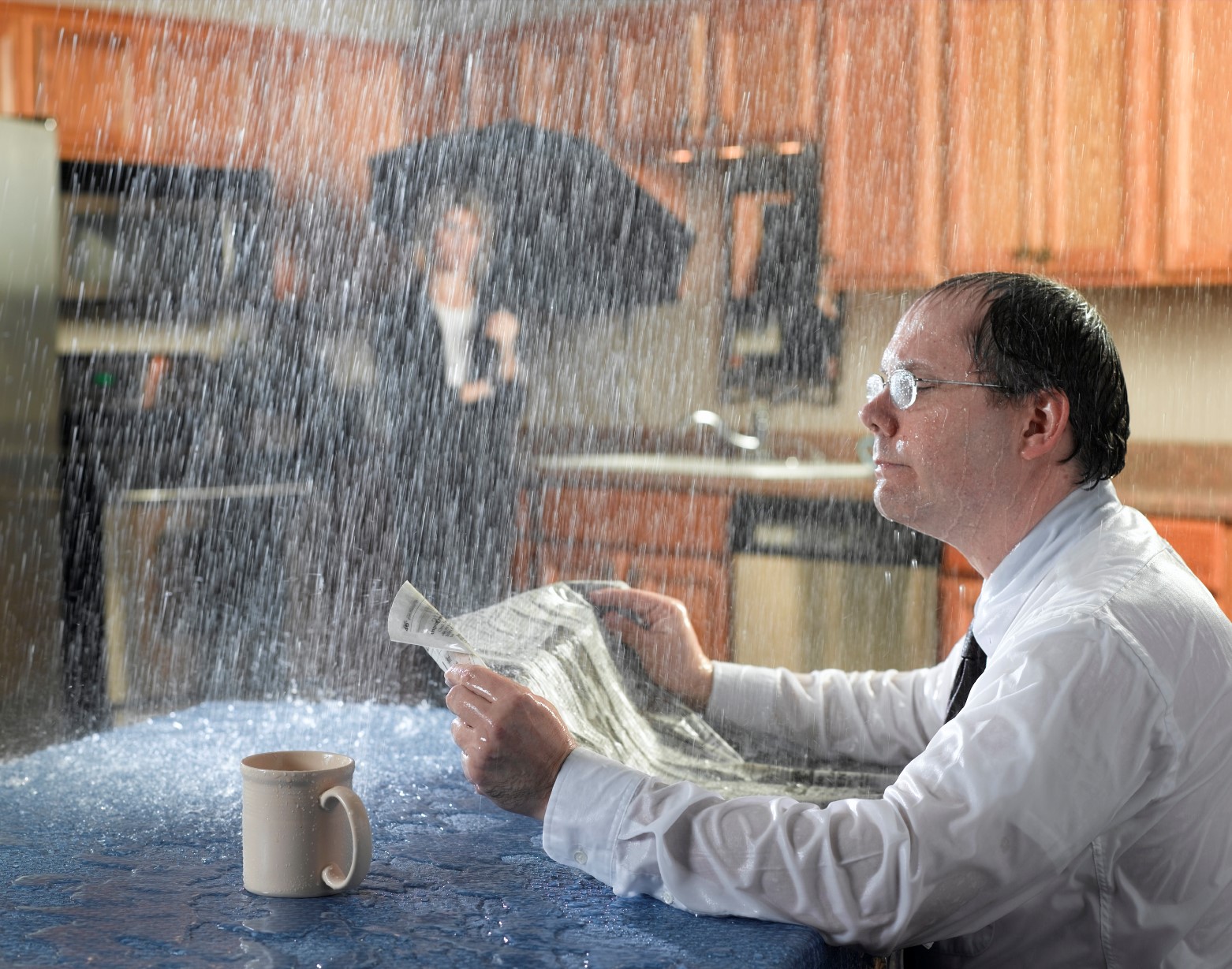Understanding What Causes Leak Problems Can Be So Frequent at Your House
Understanding What Causes Leak Problems Can Be So Frequent at Your House
Blog Article
This post below about How to Find Water Leaks is definitely captivating. Have a go and draw your own results.

Leaks not just create waste of water yet can additionally trigger unnecessary damage to your home and promote unwanted organic development. Water leakages could go unnoticed considering that most of the pipework in our house is concealed. By recognizing and looking for daily circumstances that create leakages, you can safeguard your house from future leakages and unneeded damages. Today, we will look at 6 leak triggers that may be triggering your pipelines to trickle.
Trespassing roots
Many water leakages start outside the home instead than inside it. You may discover wet spots or sinkholes in your yard, and that may imply that tree origins are getting into water lines triggering water to seep out.
Corroded water systems
This may be the cause of discoloration or warping on your water pipelines. If our plumbing system is old, consider changing the pipelines given that they are at a higher risk of rust than the newer versions.
Malfunctioning Pipe Joints
Pipeline joints can degrade over time, resulting in water leakages. If you have noisy pipes that make ticking or banging noises, especially when the warm water is turned on, your pipe joints are possibly under a lot of pressure.
Instantaneous temperature level modifications.
Extreme temperature level adjustments in our pipelines can trigger them to broaden as well as get all of a sudden. This growth and tightening may trigger fractures in the pipelines, specifically if the temperature are below freezing. It would be best if you kept an eye on how your plumbing functions. The visibility of the previously mentioned conditions frequently shows a high risk.
Poor Water Connectors
At times, a leak can be triggered by loose pipes and also pipelines that supply your devices. In situation of a water connections leakage, you might discover water running straight from the supply line or puddles around your home appliances.
Clogged Drains
Blocked drains may be frustrating and inconveniencing, yet they can occasionally end up causing an overflow causing rupture pipes. Maintain removing any kind of materials that may drop your drains pipes that can obstruct them to stay clear of such aggravations.
All the above are reasons for leaks but not all water leaks arise from plumbing leakages; some leakages could come from roofing leakages. All leakages must be fixed quickly to stay clear of water damage.
Leaks not just trigger waste of water but can also trigger unnecessary damages to your house and advertise unwanted natural growth. By looking and recognizing for everyday scenarios that trigger leakages, you can secure your residence from future leaks as well as unneeded damage. Today, we will certainly look at 6 leakage triggers that might be creating your pipes to trickle.
At times, a leak can be caused by loose pipes and pipes that supply your home appliances. In situation of a water links leakage, you might notice water running directly from the supply line or puddles around your appliances.
TYPES OF WATER LEAKS YOU SHOULD BE FAMILIAR WITH
Shower Fixture Water Leaks
If you notice a water leak near your shower fixture, perform an inspection to confirm if you are able to find broken caulk lines. As your shower fixture becomes older, it is not uncommon for water to leak onto the other side of the frame. To fix this type of plumbing leak, scrape off the old caulk and run a new bead of it around the shower fixture to seal up any fractured crevices and holes.
Bathtub Drainage Water leaks
To fix this type of leak in a bathtub, remove the drain flange and clean it. Next, you should also remove the rubber gasket located beneath the tub’s drain hole. Buy a replacement gasket that matches the old version and install it in the same location. Once the drain flange and rubber gasket are installed, apply a small amount of silicone caulk to the drain to prevent water leakage below your tub.
Water Pipe Leaks Behind Walls
Issues such as discolored grout and loose shower tiles may be caused by a water pipe leak behind the walls in your bathroom. To fix this plumbing leak, you will be required to remove the tiles, grout, or caulk in your shower. Once the tiles in your shower have been removed, perform an inspection of the drywall to confirm if it’s moist or wet. If you notice water marks or mold on the wall, this is an indicator of a water pipe leak.
Toilet Leaks
Nobody likes a toilet leak. It can cause water damage to the subfloor, joists, or even the ceiling in the room below. To combat this type of water leak, you will need to reinstall your toilet with a brand new ring of wax. If the toilet sits uneven, be sure to add toilet shims to correct the issue. Do you notice a broken bolt slot or flange? We recommend performing a new metal flange installation to remediate this issue.
Sink Water Leaks
To prevent damage to the beautiful counter tops in your kitchen or bathroom, tighten the base of your sink to prevent a water leak. Next, scrape away any old caulk around the sink and apply a fresh coat. Prior to using the kitchen or bathroom sink, you will need to secure the fixture to the countertop with the clips located beneath the sink rim to prevent a water leak.
https://www.fenwickhomeservices.com/blog/6-types-of-water-leaks-you-should-be-familiar-with/

We were introduced to that editorial on Most Common Causes of Leaky Pipes through a friend on another site. Do you know about somebody who is fascinated with the topic? Be sure share it. Thank you for taking the time to read it.
Quick solution? Call. Report this page